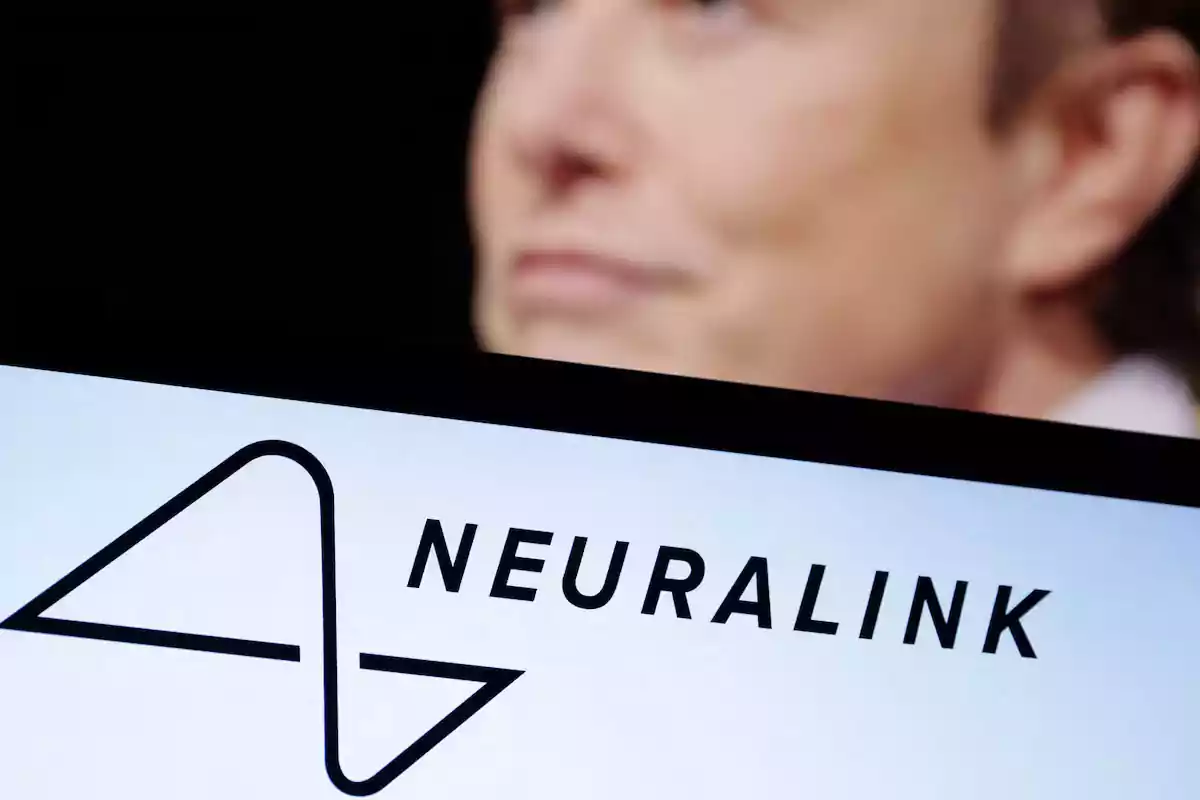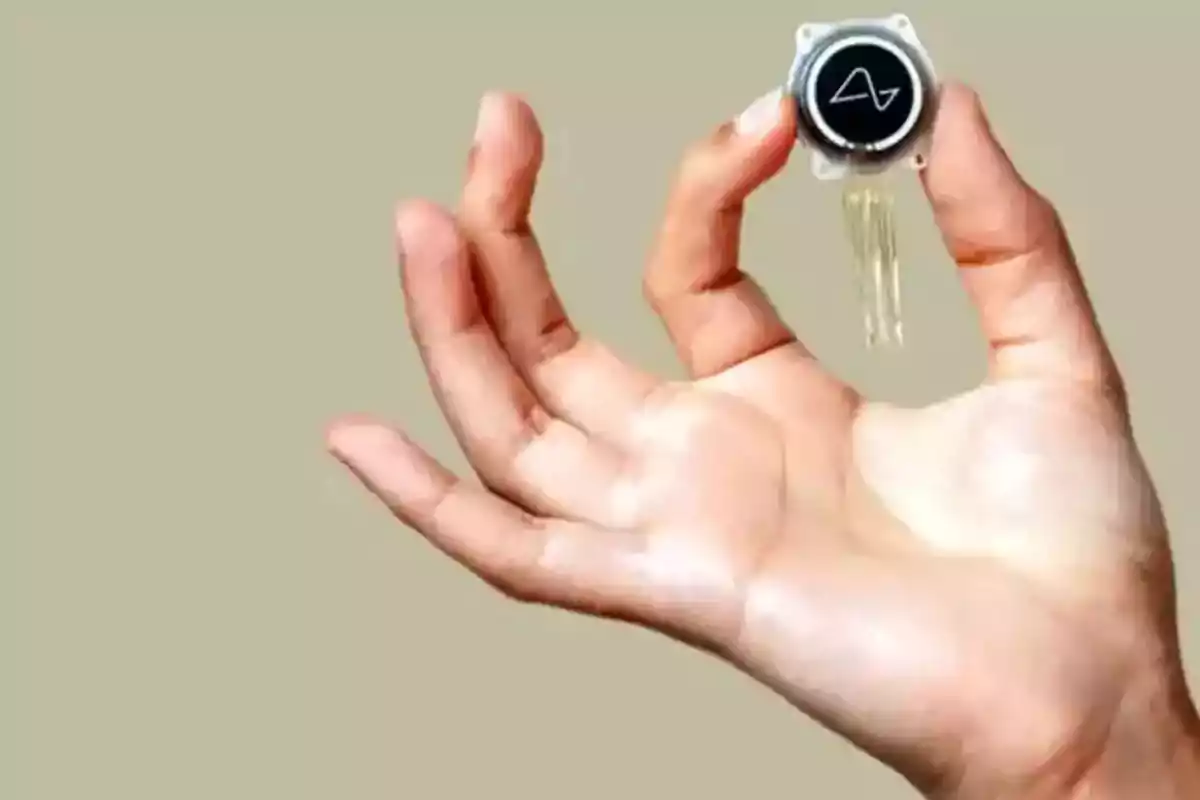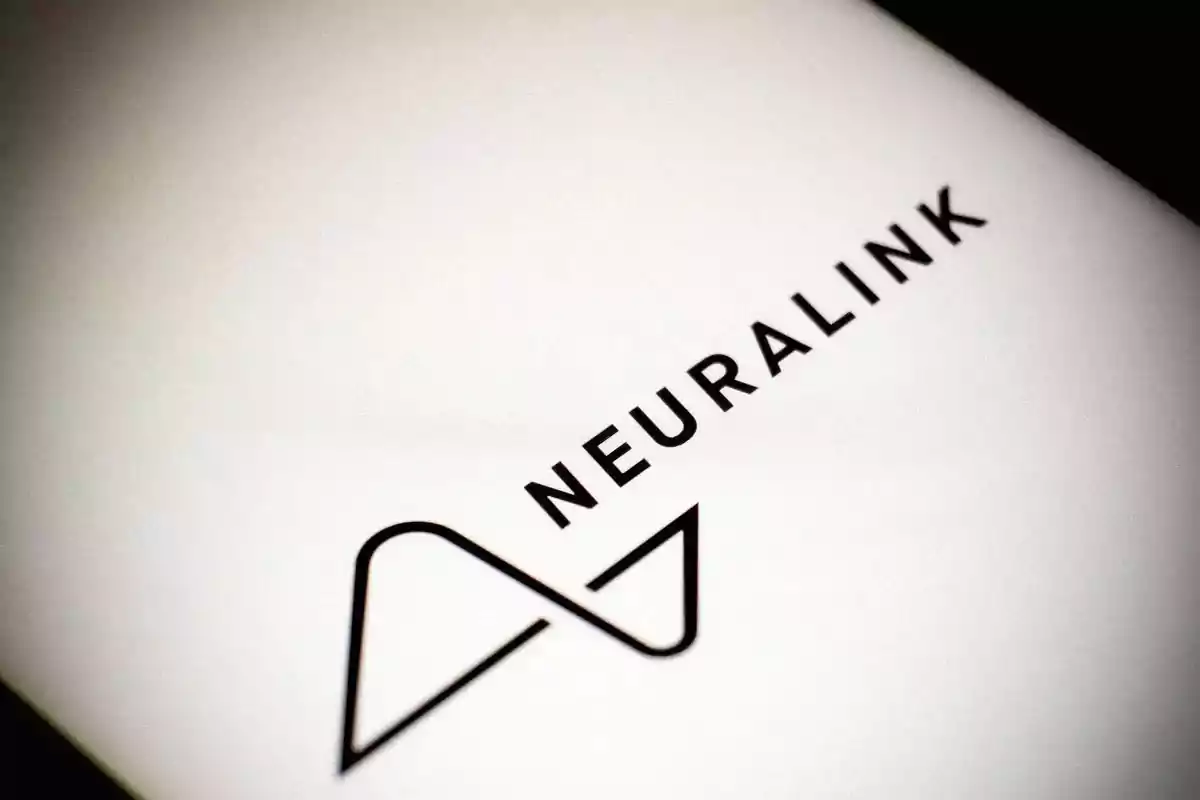
Neuralink: a patient with ALS edited and narrated a video using his mind
The ALS patient used only his thoughts to operate his computer and create a video narrated with AI
Bradford Smith, who can't speak due to his condition, used Neuralink's brain chip to edit and narrate a video with artificial intelligence.
He is the third patient to receive the implant and the first to create audiovisual content by controlling the computer with his brain.

Who is the protagonist of Neuralink's new breakthrough?
Bradford Smith has Amyotrophic Lateral Sclerosis (ALS), a neurodegenerative disease that affects motor neurons. Over time, this makes it difficult to move, eat, speak, and even breathe.
Smith can no longer communicate verbally. However, with the chip implanted in his brain, he managed to edit and narrate a video using only his thoughts.
How did he manage to edit and narrate a video using his mind?
Smith used Neuralink's brain-computer interface (BCI) to control the cursor on his MacBook Pro. This way, he was able to edit the clip he uploaded to YouTube.
Usó el chip de Neuralink y editó un video sin mover un músculo
He explained that the chip doesn't read thoughts in real-time but specific signals that indicate how to move the cursor. The video was narrated with his voice recreated by artificial intelligence, based on previous recordings.
"I'm excited to have this in my brain"
Smith shared that he previously used eye movement to communicate, but that only worked in dark environments. Now, thanks to the implant, he can do it in any lighting condition and even outdoors.

"It took me years to get here, and I still break down and cry," he confessed. He also said that he can now play video games with his children.
Elon Musk celebrated the breakthrough. "I hope this is a turning point for you and your family," he wrote on social media.
How does Neuralink's brain chip work?
The implant is the size of a few stacked coins. It works with about 1,000 electrodes, very thin threads placed in different parts of the brain.

These filaments record neural activity and send signals to a device that interprets that information with machine learning. This way, instructions can be caused to operate a computer.
What could this technology be used for?
Neuralink's goal is to help people with reduced mobility or neurodegenerative diseases communicate or use digital devices with their minds.
"Imagine Stephen Hawking communicating faster than a typist," Musk explained. That is the goal they aim to achieve with this technology.
More posts: